WALL CLOCK
A wall clock is an instrument to measure, keep, and indicate time. The clock is one of the oldest human inventions, meeting the need to measure intervals of time shorter than the natural units: the day, the lunar month, and the year. Devices operating on several physical processes have been used over the millennia.
Some predecessors to the modern clock may be considered as “clocks” that are based on movement in nature: A sundial shows the time by displaying the position of a shadow on a flat surface. There is a range of duration timers, a well-known example being the hourglass. Water clocks, along with the sundials, are possibly the oldest time-measuring instruments. A major advance occurred with the invention of the verge escapement, which made possible the first mechanical clocks around 1300 in Europe, which kept time with oscillating timekeepers like balance wheels.
A silent instrument missing such a striking mechanism has traditionally been known as a timepiece.
In general usage today, a “clock” refers to any device for measuring and displaying the time. Watches and other timepieces that can be carried on one’s person are often distinguished from clocks.[6] Spring-driven clocks appeared during the 15th century. During the 15th and 16th centuries, clock making flourished. The next development in accuracy occurred after 1656 with the invention of the pendulum clock. A major stimulus to improving the accuracy and reliability of clocks was the importance of precise time-keeping for navigation. The electric clock was patented in 1840. The development of electronics in the 20th century led to clocks with no clockwork parts at all.

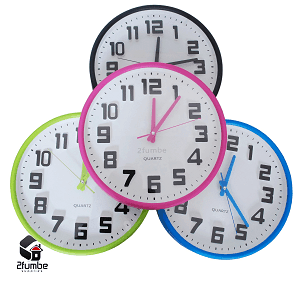
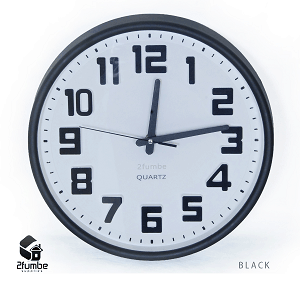

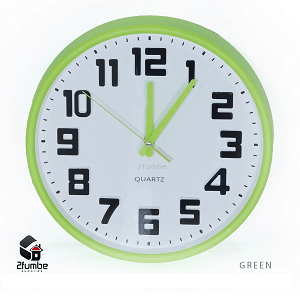
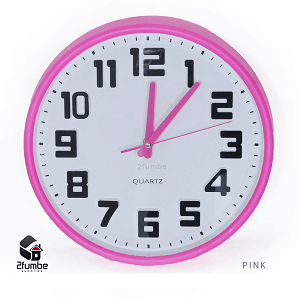
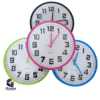
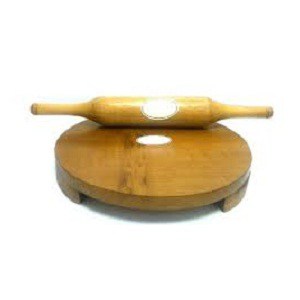


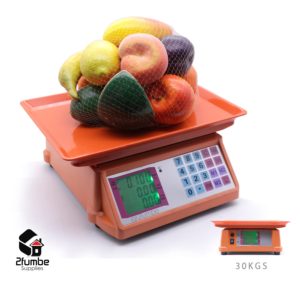
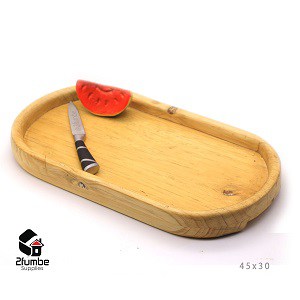
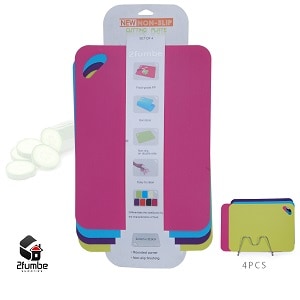
Reviews
There are no reviews yet.